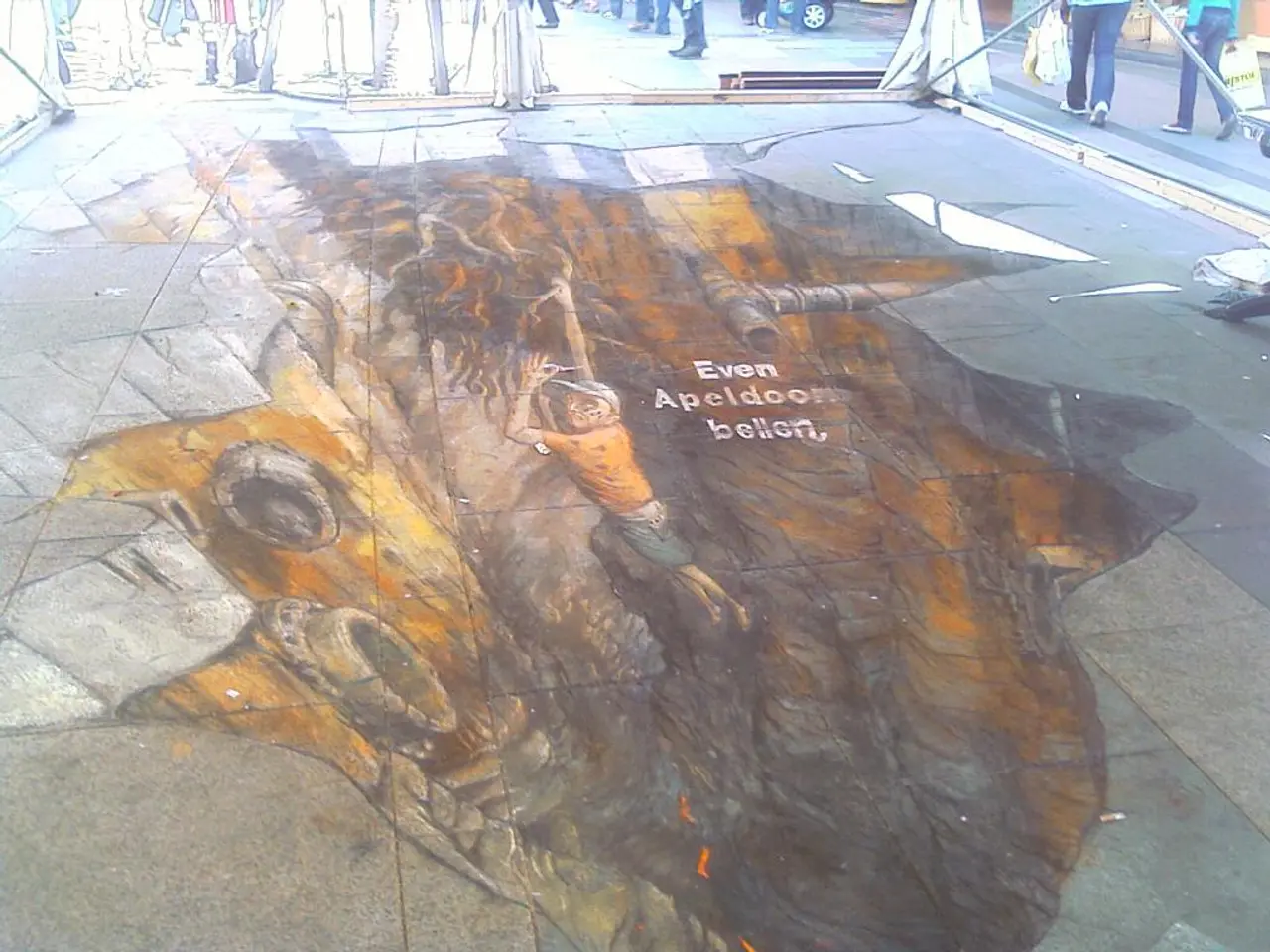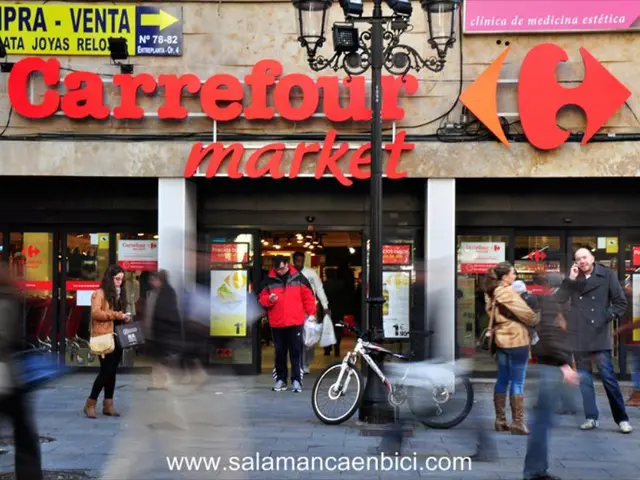3D Art Gallery Showcasing the Masterpieces of Rachel Ruysch
Rachel Ruysch (1664–1750), a prominent Dutch still-life painter, was a trailblazer during the Dutch Golden Age, specialising in intricate floral compositions that beautifully combined scientific precision with artistic skill. Born in The Hague, the daughter of a family of scientists and botanists, Ruysch's unique perspective resulted in highly detailed and lifelike depictions of flowers, insects, and natural elements.
Achievements
Ruysch's commercial success was remarkable, earning a fortune through her artworks, some of which commanded prices even higher than those of Rembrandt. She served as the court painter to Johann Wilhelm, Elector Palatine, a prestigious appointment that elevated her status across Europe. Remarkably, Ruysch maintained a prolific career while raising ten children, continuing to paint well into her eighties. Her oeuvre surpasses 150 surviving works, many of which showcase her commitment to botanical accuracy and artistic innovation.
Influences
Ruysch's family's scientific background and the era's Scientific Revolution deeply influenced her botanical accuracy and attention to detail. The Dutch Golden Age's prosperity and imperial expansion provided access to a vast variety of exotic flowers and insects, enriching her palette and subject matter. Ruysch worked in a period when flower painting became a major artistic genre, shaped by the flourishing interest in botany and natural science. Despite the societal challenges faced by women artists, she carved out a professional niche, often surpassing male peers in technical skill and originality.
Notable Works
*Flower Still Life* (1716-1720) exemplifies Ruysch's characteristic style of vivid, detailed bouquets brimming with life, including insects like beetles and butterflies embedded naturally within her compositions. *Vase of Flowers with an Ear of Corn* (1742) is a late work highlighting her ongoing exploration of floral still lifes with vibrant detail and a deep connection to nature. This painting is part of a significant collection at the National Gallery of Ireland, marking the institution’s first acquisition of a female artist’s Dutch work.
Ruysch's legacy is now celebrated as central to the Dutch Golden Age rather than as a mere anomaly. Her works illuminate the era's blend of art, science, and commerce and continue to inspire today’s botanical and still-life painters. Ruysch's talent and determination allowed her to establish a successful career, despite the challenges faced by female artists during the 17th century. Stylistically, her artwork was part of the rococo movement, with playful compositions and brilliant colours.
Ruysch received artistic training from her father and various prominent artists of the time, including Willem van Aelst. She was married to Amsterdam portrait painter Juriaen Pool and had ten children. In 1999, a painting by Rachel Ruysch was discovered in a farmhouse in Normandy and sold at auction for 2.9 million French francs, about US$508,000. In 2021, her work was added to the Rijksmuseum. Her works can be found in numerous museums and private collections around the world.
Rachel Ruysch's thriving career in the home-and-garden genre, specifically floral compositions, transformed her into a wealthy artist, bridging prices with works from famous contemporaries like Rembrandt. Her lifestyle as a prolific painter and mother of ten children was a testament to her resilience and dedication, culminating in an oeuvre that exceeded 150 surviving works, showcasing impressive botanical accuracy and artistic innovation.




